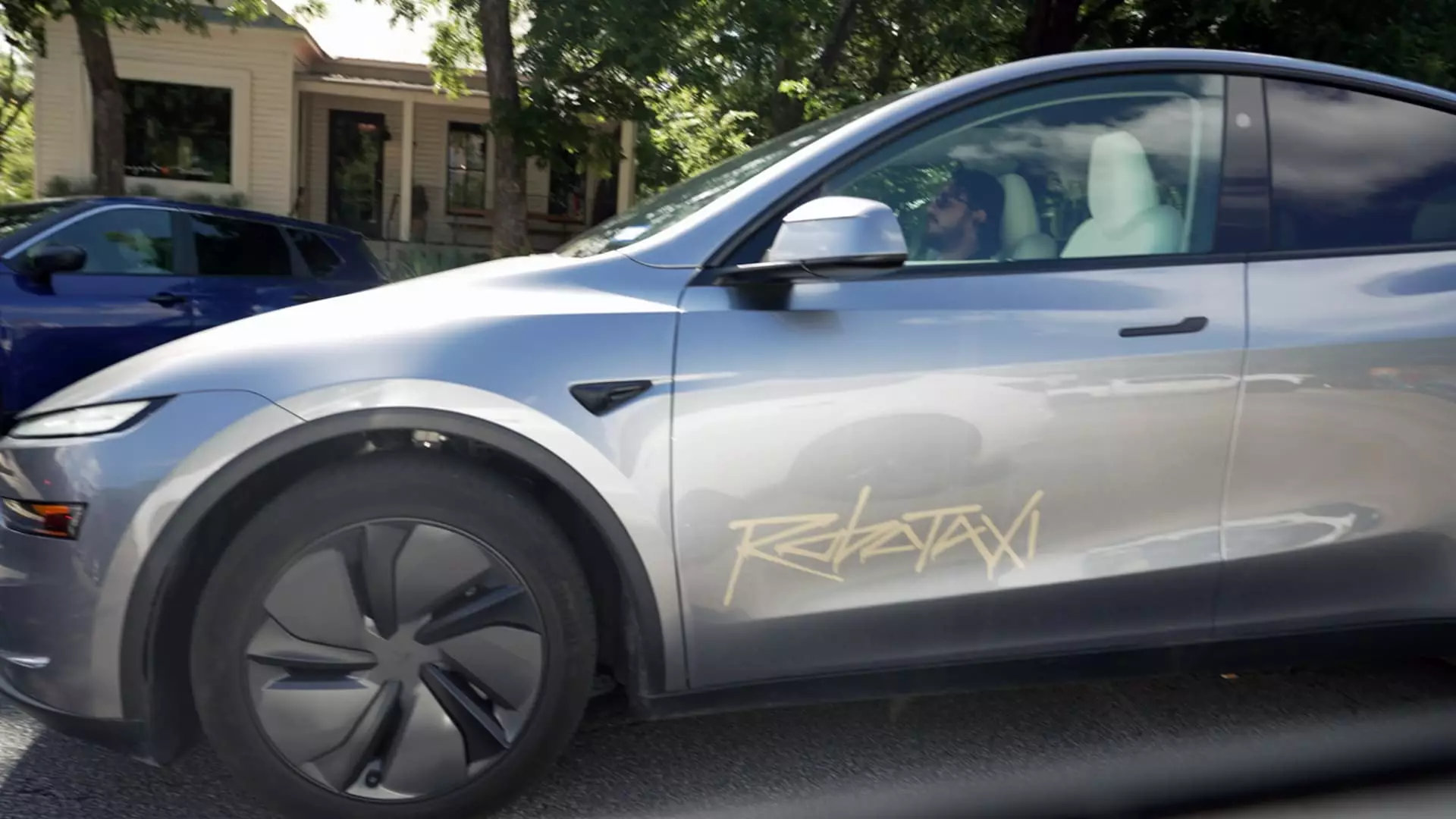Tesla’s latest move to test and potentially launch Robotaxi services in Phoenix marks a bold stride into the fiercely competitive autonomous vehicle landscape. While companies like Waymo have already established a foothold in this sector, Tesla’s approach signifies a strategic shift emphasizing affordability, innovation, and rapid deployment. What sets Tesla apart is its unwavering belief that economic viability and technological simplicity will be key drivers in transforming urban mobility. Yet, this ambition also exposes Tesla to critical scrutiny, particularly regarding safety and regulatory hurdles.
Tesla’s decision to expand into Arizona demonstrates a deliberate effort to position itself as a serious contender in the autonomous ride-hailing market. The state’s permissive regulatory environment, combined with its favorable climate and expanding metropolitan area, provides an ideal testing ground. Tesla’s familiarity with Arizona’s regulatory landscape and its previous experience with pilot projects in Texas underscore its determination to stay ahead amid fierce competition. Tesla’s prospective operations in Phoenix aim to challenge the dominance of established players like Waymo, which already operates a substantial fleet of 400 driverless taxis in the region.
Innovation Versus Risk: Tesla’s Technological Philosophy
Tesla’s autonomous strategy hinges on simplicity and cost-efficiency. Unlike competitors who rely heavily on lidar sensors, Tesla banks on a camera-centric system powered by its proprietary neural networks. Elon Musk’s overarching vision is to create a self-driving ecosystem that is not only technologically robust but also economically scalable. This philosophy, while innovative, inherently carries higher risks, as camera-based systems are more vulnerable to adverse weather, poor lighting, and complex urban environments.
Moreover, Tesla’s approach to autonomy is still in a developmental phase. The Austin pilot, featuring Model Y SUVs supervised remotely and with onboard safety drivers, illustrates the ongoing evolution of Tesla’s Robotaxi rollout. Incidents such as minor collisions captured and shared publicly highlight the limitations and challenges of Tesla’s current autonomous systems. Critics argue that Tesla’s emphasis on rapid deployment and minimal sensor hardware might compromise safety, especially as regulatory agencies scrutinize the company’s previous claims about its vehicles’ capabilities.
Tesla’s stance is that its methods will democratize autonomous mobility by significantly reducing costs, making Robotaxis accessible to a broader population. However, this raises questions about whether financial viability can be achieved without compromising safety standards, especially as public trust in self-driving technology remains fragile.
Regulatory Hurdles and Public Sentiment
While Tesla eagerly pushes forward, regulatory agencies such as the National Highway Traffic Safety Administration continue to scrutinize its pilots and claims. Incidents in Austin have fueled skepticism among regulators and the public, emphasizing the importance of rigorous testing and transparent safety practices. Tesla’s aggressive pace contrasts sharply with the more cautious approach adopted by competitors like Waymo, which emphasizes comprehensive safety and regulatory approval before widespread deployment.
Additionally, Tesla’s plans to expand into California remain uncertain. Despite Musk’s declaration that a Robotaxi service could be operational in the Bay Area soon, regulatory bodies have yet to approve Tesla’s applications for driverless testing or commercial operation in California. Past legal challenges, particularly the 2022 lawsuit from the California DMV over false advertising claims, cast a long shadow over Tesla’s autonomous ambitions. These regulatory and legal obstacles could either hinder Tesla’s growth or serve as catalysts for safer, more reliable development if handled properly.
Tesla’s narrative is one of relentless ambition, but it comes with the crucial responsibility of ensuring safety and transparency. Public trust is integral to mainstream acceptance of autonomous ride-hailing. Tesla’s challenge will be to demonstrate that its innovative philosophy can not only disrupt the industry but also prioritize passenger safety and regulatory compliance. Only then can Tesla truly redefine urban transportation and fulfill its vision of a driverless future.


Leave a Reply